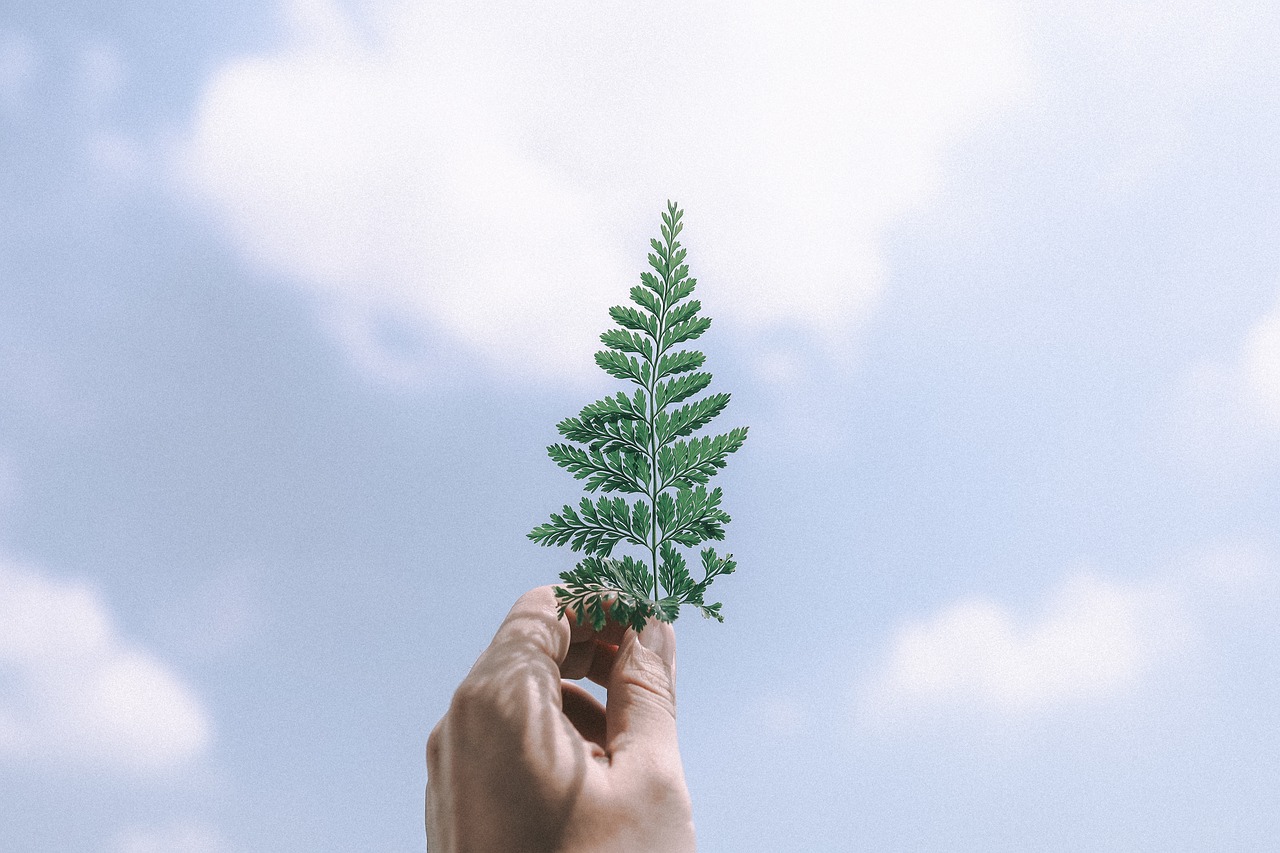Understanding Goibniu: The Smith God of the Celts
Often referred to as Gaibhne, Goibniu is a prominent figure in Celtic mythology, his name translating to “Clever Smith.” His character’s lore is enriched with variations such as Gobaun Seer or Goban Saor, which means “Goban the Builder,” and Gavida Mac Samhthiann. In the mythological narratives surrounding the Tuatha De Danann, he appears as Lon the Smith, known for his unique prosthetic third arm, arguably a nod to the Greek god Hephaestus.
Although the Tuatha De Danann feature several smith deities, including Brigid and Dian Cecht, Goibniu stands out as the principal smith among the Irish gods. He also finds a place in Welsh mythology as Gofannon, son of Don, and Glwydden Saer, who forges agricultural tools for his brother Amatheon, the Welsh god of farming. Furthermore, he is recognized as Gobannus by the Continental Celts.
The Triad of Craftsmanship
Goibniu is revered as part of a trinity alongside the divine brothers Luchta and Credna, known collectively as the Three Gods of Art, or the Trí Dée Dána. The identity of his wife remains a mystery, but folklore suggests she lies entombed within the passage graves located in Drogheda, County Louth, Ireland. His lineage traces back to either Esarg or Tuirbe Trágmar, referred to as the “Thrower of Axes,” making him a sibling to Dian Cecht and Nuada, while Brigid is credited as his mother.
In later narratives, Goibniu is recognized for crafting weapons for the legendary Fianna, a group of heroic figures in Irish lore. Apart from his smithing talent, Goibniu is also attributed with the role of a culinary expert. He is celebrated for his ability to create remarkable dishes, both in his forge and hearth. His reputation extends to being a deity of hospitality and feasting, with his magical banquet, the Fled Goibnenn, providing sustenance to the Tuatha De Danann while granting them protection against disease and aging. The Ale of Immortality, favored by fierce warriors like Aengus and the Dagda, is uniquely associated with him. Rather than causing intoxication, his intoxicating brew replenishes youthfulness, vigor, and mental clarity—a genuine elixir of life. The drink’s association with Brigid underscores the deep familial ties between them.
The Enigmatic Glas Gaibhnenn
Among Goibniu’s notable possessions is the mystical cow, Glas Gaibhnenn, known for the magical bridal he crafted for her. Descriptions of her vary, with tales depicting her in colors like white, grey, green, or even blue, depending on the narrative framework or teller. Other versions of her name include Glas Ghaibhleann and Glas Gamhach. Nicknamed “Old Glassy” in contemporary tales, she possesses the ability to yield vast quantities of milk, leading to numerous stories about her unparalleled production. Balor, another significant figure in Celtic lore, frequently schemed to capture her, prompting Goibniu to endlessly attempt to rescue her, which played out before the pivotal battle of Mag Tuired. Several locations in Ireland pay homage to her resting grounds, linking back to her owner.
In the Lebor Gabala Erenn, Goibniu meets his end alongside Dian Cecht during a plague outbreak. In another tale, he finds himself impaled by Ruadon, the son of Brigit (whom some refer to as his brother), yet he manages to overcome this foe. His name surfaces within the St. Gall Incantations, where it is invoked in healing rituals aimed at protection or the removal of “thorns,” likely referencing shards or slivers.
Reflection on Goibniu
Goibniu’s association with figures like the Greco-Roman Hephaestus, Saxon Wayland, and Norse Völundr suggests a shared heritage from a common Indo-European root. In ancient societies, blacksmiths held an indispensable role as multifaceted artisans crafting hardware, agricultural tools, horseshoes, and weaponry. Their significance in community life made them influential figures, often revered for their arcane knowledge—a perceived form of magic to the everyday populace.
As discussed with the goddess Boann, cattle represented essential currency in ancient Celtic cultures. Thus, Goibniu’s mythic cow highlighted his position as a wealthy deity. Comparatively, Paul Bunyan from American folklore, often linked to Norse legends, travels with his own magical bovine, Babe the Blue, drawing parallels to Goibniu and his legendary cow, fostering an enduring legacy.
Symbols and Associations
- Blacksmithing Tools and Crafts
- Cattle and Livestock
- Hospitality, Feasting, and Ales
- The Ale of Immortality
Names Linked with Goibniu
Included are Gaibhne, Gobaun Seer, Goban Saor, Gavida Mac Samhthiann, Lon the Smith, Gofannon, Glwydden Saer, and Gobannus.



